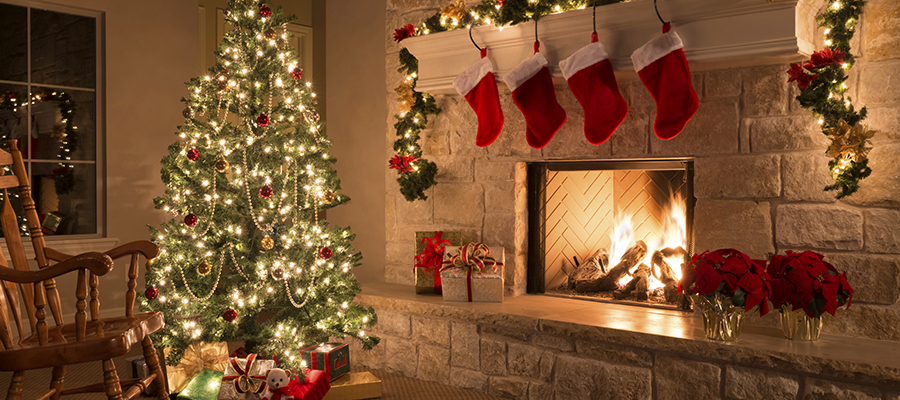Christmas has always had its own group of traditions that people have enjoyed for centuries. These Christmas traditions have come from many different places and sets of beliefs.
Christmas Trees
The Christmas tree is said to have pagan origins, as an adaptation of tree worship. It is said that a missionary to Germanic pagans in the 8th century said that the fir tree was more fitting to look to than the oak tree dedicated to Thor, since it pointed towards heaven and its triangular shape was symbolic of the trinity.
The first modern Christmas trees are German in origin, with the first mentions of them in the English language occurring around 1835. The first Christmas tree in England was introduced by Queen Charlotte, wife of George III, though Prince Albert introduced it a bit more successfully to Queen Victoria.
Other greenery, such as holly and ivy, were also used as garlands. The holly and the berries symbolized the thorny crown and shed blood of Jesus, while the heart-shaped leaves of the ivy were said to represent the love of Christ.
Caroling
Christmas carols first started as methods of teaching doctrine to church congregations. Eventually, rhymed stanzas were used, and tunes were adapted from popular folk tunes and communal harvest songs. Carols are often set to medieval chord progressions, and so they have a common sound that is recognizable.
The practice of going from house to house “caroling” began in England, where wandering musicians would roam, hoping for either money or a hot meal.
Yule Log
The yule log tradition is an ancient one from Norway. It was originally part of the pagan Winter Solstice celebration for the return of the Sun. Traditionally, it is kept burning until the entire log was gone. To have it burn out and need to be re-lit is considered a bad omen.
There are other yule log traditions from many other cultures, and the family hearth-fire is a popular holiday motif.
Christmas Cards
The first Christmas cards were commissioned by Henry Cole in 1843, in London. Those early cards rarely showed religious themes, being more in celebration of the secular side of the season. Christmas cards came to America in the 1870’s, and were a very popular, and profitable commodity for their manufacturers. Today, cards with sentimental and religious themes are still very popular, along with cards that depict the more secular side of the season.
Gift Giving
This tradition of Christmas gift giving is easy to trace: most likely, this is to honor the act of the Wise Men giving the infant Jesus gifts of gold, frankincense, and myrrh. However, other, older winter celebrations such as Saturnalia also featured the giving of gifts. Also influential regarding gift-giving are the legends of Saint Nicholas, who, among other things, is the patron saint of children.
Though celebrated by many different countries and different cultures, many of the celebrations of Christmas can still be considered a common thread between many different lands.



